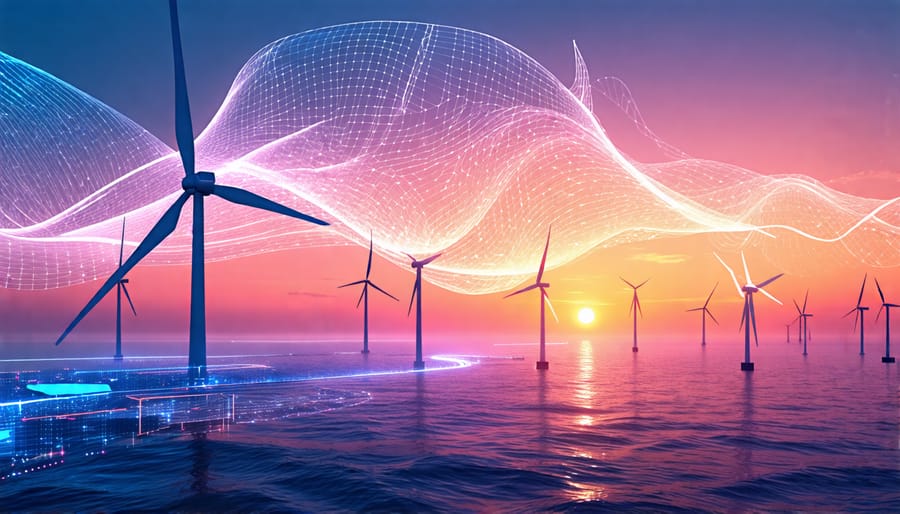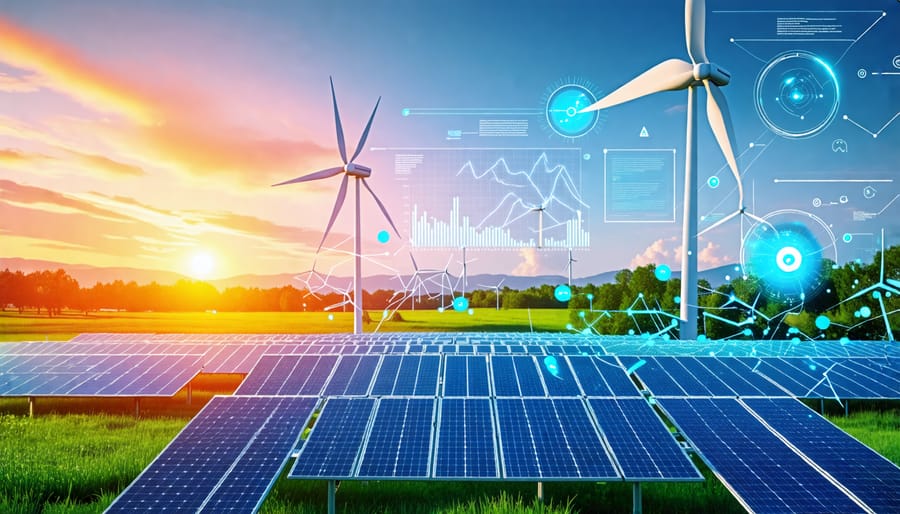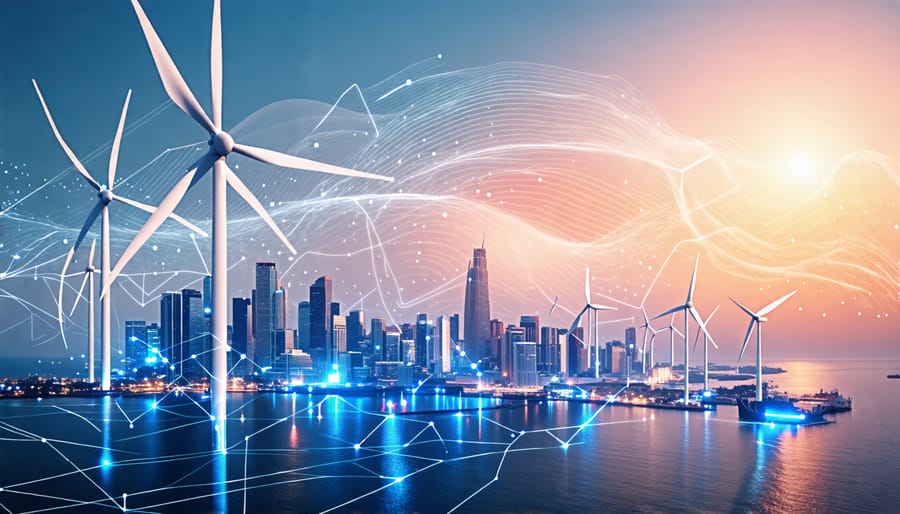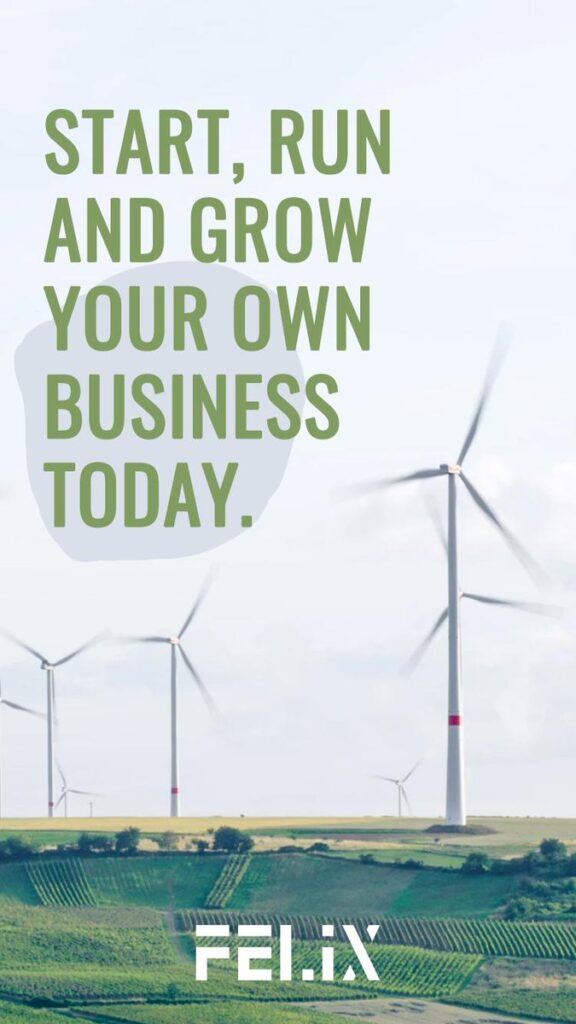Harness cutting-edge technologies that elevate the efficiency of wind turbines, such as advanced blade designs and AI-driven predictive maintenance. Embrace offshore wind farms, pushing boundaries with floating turbines that unlock vast, untapped energy resources. Integrate battery storage solutions to stabilize supply, enhancing reliability and maximizing power output during low wind periods. Examine successful case studies and real-life applications to inspire future innovations, from community-driven projects to large-scale implementations. Stay informed on how wind power functions to better understand the mechanisms transforming breezes into clean electricity.
Cutting-Edge Turbine Technologies
Smarter Designs for Higher Efficiency
In the quest for more efficient wind energy solutions, smarter designs and advanced materials are playing pivotal roles. Cutting-edge aerodynamic designs are revolutionizing wind turbine efficiency by minimizing drag and maximizing lift. For example, some turbines now incorporate biomimicry, taking inspiration from nature’s most efficient flyers, such as birds and insects. These biomimetic designs help increase the turbines’ ability to capture and convert wind into energy, even in low-wind scenarios.
Additionally, innovations in materials are helping to create lighter and more durable turbine blades. Composite materials, like carbon fiber and advanced polymers, are increasingly being used to build stronger yet lighter blades. This not only extends the lifespan of turbines but also enhances their performance, allowing for longer, more efficient rotations even in less-than-ideal weather conditions.
Real-life examples of these advancements can be seen in projects across Europe and North America, where newly designed turbines have shown substantial increases in energy output. As these innovations continue to evolve, we can expect wind energy’s role in the global energy mix to grow, further emphasizing the potential for sustainable and efficient renewable energy solutions.
Offshore Innovations
Offshore wind energy is undergoing remarkable transformations, thanks to cutting-edge technologies that enhance efficiency and sustainability. Floating turbines are at the forefront of this revolution. Unlike traditional fixed-bottom turbines, these innovative structures can be positioned in deeper waters where wind speeds are stronger and more consistent, dramatically increasing energy yield. Moreover, advancements in turbine blade design have led to the creation of lighter and more durable materials, further boosting performance and reducing maintenance costs. Real-life case studies, such as the Hywind Scotland project, the world’s first commercial floating wind farm, illustrate these innovations’ potential by successfully harnessing offshore wind. Another promising development is the integration of smart grid technologies that allow offshore wind farms to communicate with onshore systems, optimizing energy distribution and reducing waste. Excitingly, these advances not only promise to bolster energy generation but also prioritize ecological considerations, as detailed in our article on offshore wind farms, ensuring marine life protection as we transition to cleaner energy solutions.
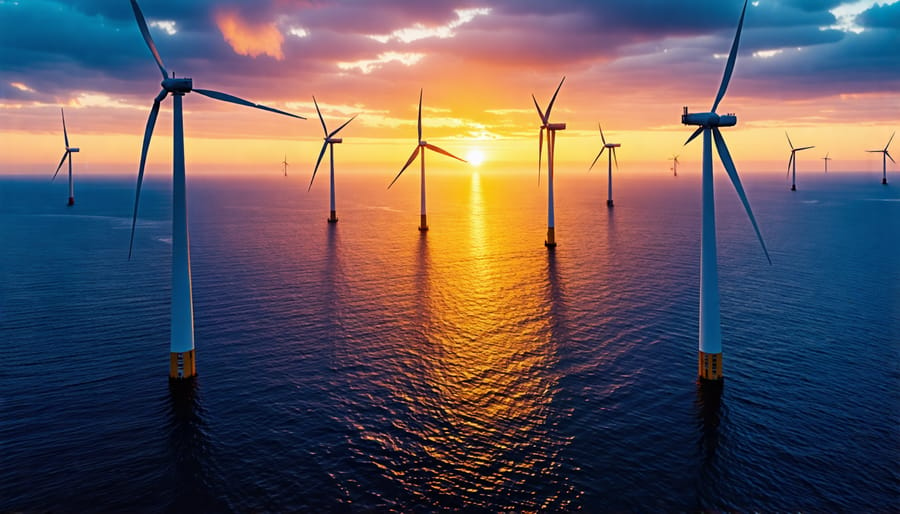
Energy Storage and Grid Integration
Battery and Storage Breakthroughs
As wind energy continues to expand as a cornerstone of renewable energy, breakthroughs in battery and storage technology are playing a critical role in overcoming one of the sector’s main challenges—how to store the energy generated during peak production for use when the wind isn’t blowing. Recent advancements in energy storage solutions are paving the way for a more dependable and efficient power supply, balancing the grid and enhancing the integration of wind energy. Cutting-edge developments in lithium-ion batteries have improved their energy density, longevity, and safety, making them a viable option for utility-scale storage. Meanwhile, flow batteries offer an exciting alternative, with their ability to provide longer-duration energy storage without degradation over time. Real-world case studies, like those from pioneering projects in Europe, showcase these technologies as they support grid stability and enhance the reliability of wind energy across diverse climates and geographies. By investing in these innovative storage solutions, we are fostering a future where clean energy can reliably meet the world’s growing power needs.
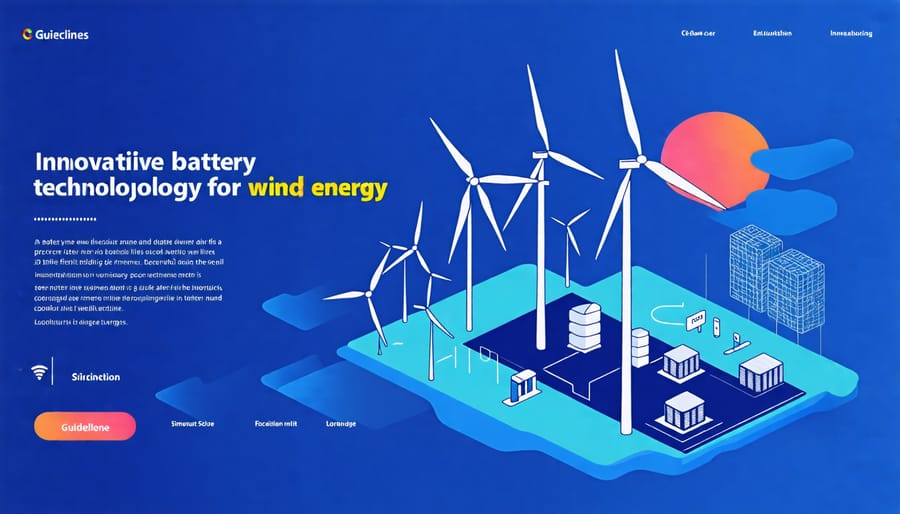
Seamless Grid Integration
Integrating wind power seamlessly into the electrical grid is essential for making a sustainable energy future a reality. As wind energy becomes a growing component of global electricity production, the challenges and opportunities in grid integration become increasingly apparent. Efficient integration allows us to balance supply and demand, ensuring reliability while minimizing waste. Real-life projects, like those in Denmark and Germany, demonstrate successful strategies, such as advanced grid management technologies and improved energy storage systems. These countries have shown that with the right policies and technologies in place, wind energy can contribute to a stable grid, even under variable wind conditions. Moreover, digital innovations like smart grids and AI-driven forecasting systems are making it possible to predict wind patterns more accurately, leading to better planning and integration. Wind energy experts emphasize the importance of collaboration between technology developers, policy-makers, and grid operators to overcome challenges and harness the full potential of wind power for a cleaner, greener future.
Real-Life Case Studies
Community-Driven Wind Farms
Community-driven wind farms have emerged as a testament to the power of collaboration and innovation in renewable energy. One remarkable example is the Middelgrunden Wind Farm near Copenhagen, Denmark. This project is a pioneering model of local ownership and has been operational since 2000. It consists of 20 turbines and produces enough electricity to power around 40,000 households. The project was spearheaded by a collaboration between the utility company and a cooperative of approximately 10,000 members, emphasizing community investment and shared benefits.
Across the globe, a similar success story can be found in the Scottish Highlands with the Isle of Gigha wind farm, fondly known as the “Dancing Ladies.” Owned by the local development trust, this initiative channels wind power profits back into the community, funding local projects and creating jobs. These case studies exemplify how local engagement and shared ownership in wind energy projects not only foster sustainable electricity production but also strengthen community ties and promote economic resilience.
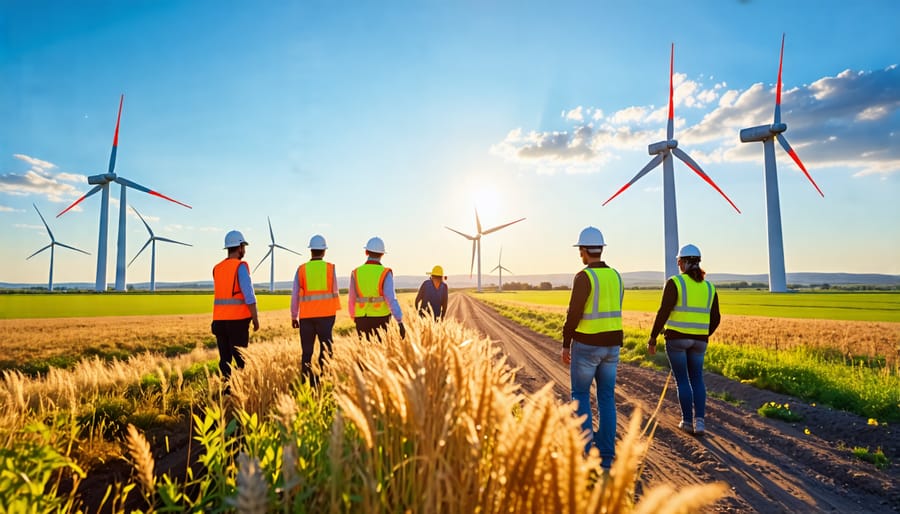
Tech-Enhanced Projects
In the realm of wind energy, pioneering projects are harnessing cutting-edge technology to amplify efficiency and output. A remarkable example is a wind farm in Northern Europe that uses AI-driven sensors to optimize turbine performance in real-time. These sensors analyze environmental data and adjust the blade angles autonomously, maximizing energy capture even during fluctuating wind conditions. Similarly, a site in the U.S. is spearheading the integration of drone technology to conduct maintenance checks, significantly reducing downtime and improving safety for technicians.
Furthermore, experts in the field highlight the emergence of floating offshore wind farms, which offer potential for accessing stronger, more consistent winds over deeper waters. These projects are not only increasing energy yields but are also minimizing ecological impact. Through strategic investments in digital twins – virtual replicas of physical turbines – operators are now able to simulate and improve performance outcomes, ensuring optimal efficiency and longevity. Such tech-enhanced initiatives symbolize a promising future for sustainable energy solutions.
Challenges and Opportunities Ahead
Overcoming Technical Hurdles
Innovations in wind energy are transforming the landscape despite technical hurdles, like inconsistent wind speeds and complex grid integration. Cutting-edge solutions are emerging to tackle these challenges. For instance, floating wind turbines, which can be positioned in deeper waters, capture stronger, more consistent winds, significantly boosting efficiency. As seen in Scotland’s Hywind project, floating turbines have exceeded performance expectations, demonstrating resilience in harsh conditions.
Advanced materials such as lightweight composites improve turbine durability and efficiency, while AI-driven predictive maintenance reduces downtime by anticipating failures before they occur. Experts highlight that new aerodynamic blade designs are enhancing power output by optimizing wind capture capabilities. These innovations not only address current limitations but also open possibilities for scalable and sustainable implementation, underscoring a promising future for wind energy on the global stage.
Harnessing Policy and Funding
Innovations in wind energy are not just about technological advancements; they’re also fueled by smart policy-making and strategic funding initiatives. Governments play a pivotal role by crafting policies that encourage investment and reduce barriers, propelling the sector forward. For instance, the introduction of tax credits and incentives for renewable energy projects has stimulated substantial private investment. A compelling example is the collaboration between public and private sectors in Denmark, where policy frameworks have significantly boosted the country’s wind industry.
Funding innovation is equally critical. Venture capital and green bonds have been instrumental in driving research and development, leading to breakthroughs in turbine efficiency and grid integration. These financial tools not only nurture startups but also support established companies in scaling their innovations, paving the way for wind energy to become a cornerstone of our sustainable future.
Conclusion: A Bright Future for Wind Energy
As we look toward a future powered by clean, renewable energy, wind energy stands out as a beacon of hope. Innovations in turbine technology and energy storage solutions are transforming the industry, leading to increased efficiency and reduced costs. These advancements, coupled with successful projects worldwide, are paving the way for wind energy to become a dominant force in the global energy landscape. Real-life case studies demonstrate how communities are not only reducing their carbon footprint but also reaping economic benefits, creating jobs, and fostering energy independence. This success, however, relies heavily on continued support from educators, policymakers, and environmentally conscious individuals like yourself. It is crucial that we maintain momentum by advocating for sustainable energy policies and investing in ongoing research and development. Together, we can harness the full potential of wind energy, ensuring a brighter, cleaner future for generations to come.

